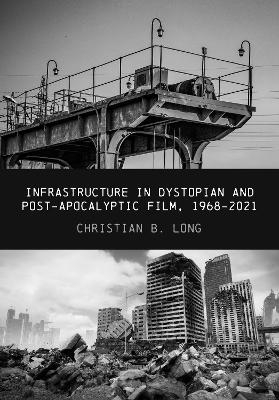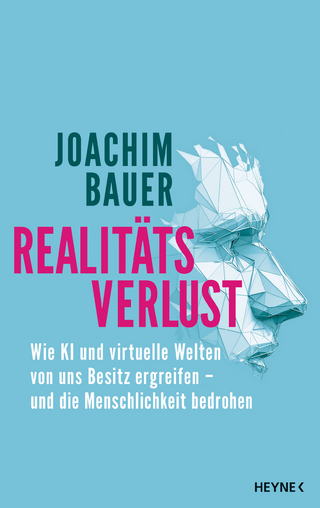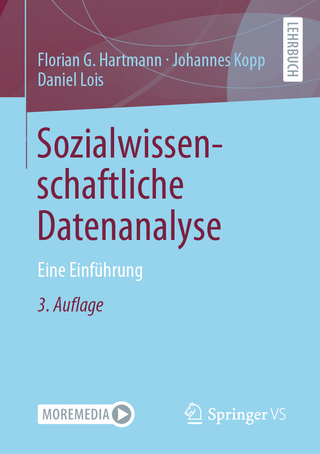
Infrastructure in Dystopian and Post-apocalyptic Film, 1968-2021
Seiten
2024
Intellect Books (Verlag)
978-1-83595-003-6 (ISBN)
Intellect Books (Verlag)
978-1-83595-003-6 (ISBN)
- Titel nicht im Sortiment
- Artikel merken
Changes to infrastructure allow us to see imagined worlds better, and we can look to dystopian and post-apocalyptic movies from 1968 to 2021 for a sense of where we might begin to re-design and retrofit our current world to face the dystopias and possible apocalypses of our own making. 31 b&w illus.
Dystopian and post-apocalyptic movies from 1968 to 2021 usually conclude with optimism, with a window into what is possible in the face of social dysfunction - and worse. The infrastructure that peeks through at the edges of the frame surfaces some of the concrete ways in which dystopian and post-apocalyptic survivors have made do with their damaged and destroyed worlds.
If the happy endings so common to mass-audience films do not provide an all-encompassing vision of a better world, the presence of infrastructure, whether old or retrofitted or new, offers a starting point for the continued work of building toward the future.
Film imaginings energy, transportation, water, waste, and their combination in the food system reveal what might be essential infrastructure on which to build the new post-dystopian and post-apocalyptic communities. We can look to dystopian and post-apocalyptic movies for a sense of where we might begin.
Dystopian and post-apocalyptic movies from 1968 to 2021 usually conclude with optimism, with a window into what is possible in the face of social dysfunction - and worse. The infrastructure that peeks through at the edges of the frame surfaces some of the concrete ways in which dystopian and post-apocalyptic survivors have made do with their damaged and destroyed worlds.
If the happy endings so common to mass-audience films do not provide an all-encompassing vision of a better world, the presence of infrastructure, whether old or retrofitted or new, offers a starting point for the continued work of building toward the future.
Film imaginings energy, transportation, water, waste, and their combination in the food system reveal what might be essential infrastructure on which to build the new post-dystopian and post-apocalyptic communities. We can look to dystopian and post-apocalyptic movies for a sense of where we might begin.
Christian B. Long lives in Meanjin Brisbane, where he works at the University of Queensland, Australia. He is the author of The Imaginary Geography of Hollywood Cinema, 1960-2000, and the editor of ReFocus: The Films of Albert Brooks and Film and the American Presidency.
List of Images
Acknowledgments
Introduction: Infrastructure in Dystopian and Post-apocalyptic film, 1968-2021
Chapter 1 Energy: Power is Power, Renewable or Not
Chapter 2 Transportation: Filling Potholes at the End of Humanity’s Road
Chapter 3 Water: Privatization Against Public Good
Chapter 4 Food: Dystopian and Post-Apocalyptic Food Systems
Chapter 5 Waste: The Social Relations of Trash and Recycling
Chapter 6 Conclusion
Works Cited
| Erscheint lt. Verlag | 18.11.2024 |
|---|---|
| Zusatzinfo | 31 Illustrations, black and white |
| Sprache | englisch |
| Maße | 170 x 244 mm |
| Gewicht | 618 g |
| Themenwelt | Kunst / Musik / Theater ► Film / TV |
| Sozialwissenschaften ► Kommunikation / Medien ► Medienwissenschaft | |
| ISBN-10 | 1-83595-003-5 / 1835950035 |
| ISBN-13 | 978-1-83595-003-6 / 9781835950036 |
| Zustand | Neuware |
| Haben Sie eine Frage zum Produkt? |
Mehr entdecken
aus dem Bereich
aus dem Bereich
wie KI und virtuelle Welten von uns Besitz ergreifen – und die …
Buch | Hardcover (2023)
Heyne (Verlag)
22,00 €
Eine Einführung
Buch | Softcover (2022)
Springer VS (Verlag)
32,99 €
eine jüdische Filmgeschichte der Bundesrepublik
Buch | Hardcover (2023)
Hanser (Verlag)
28,00 €


